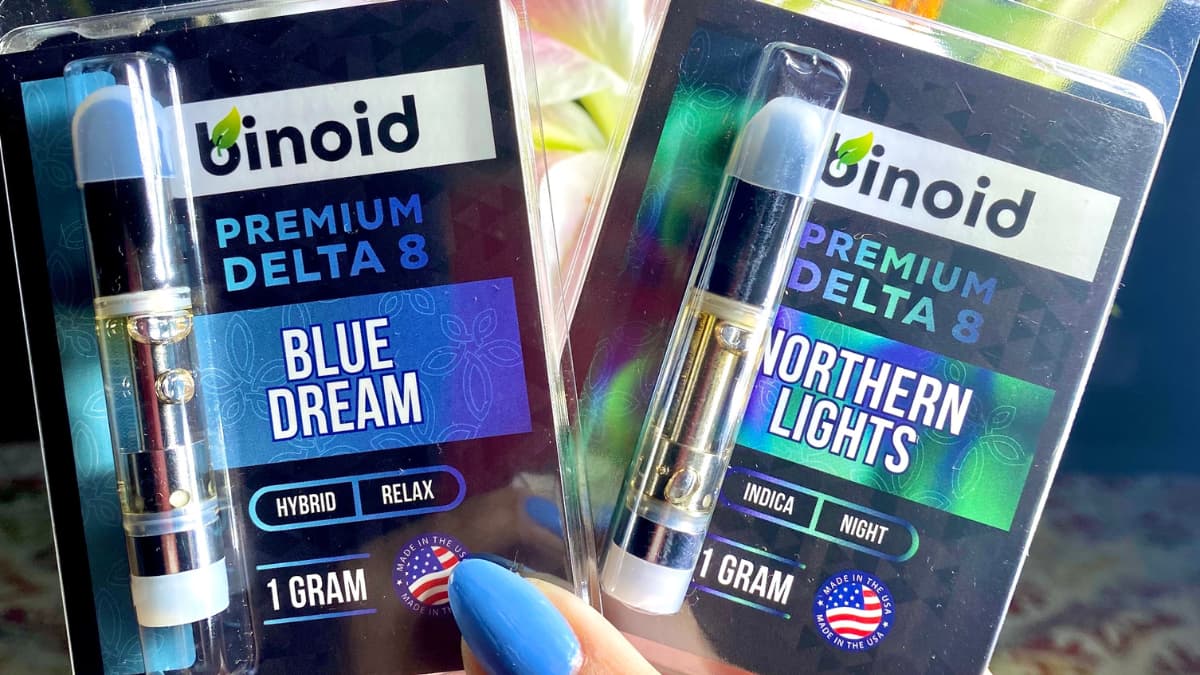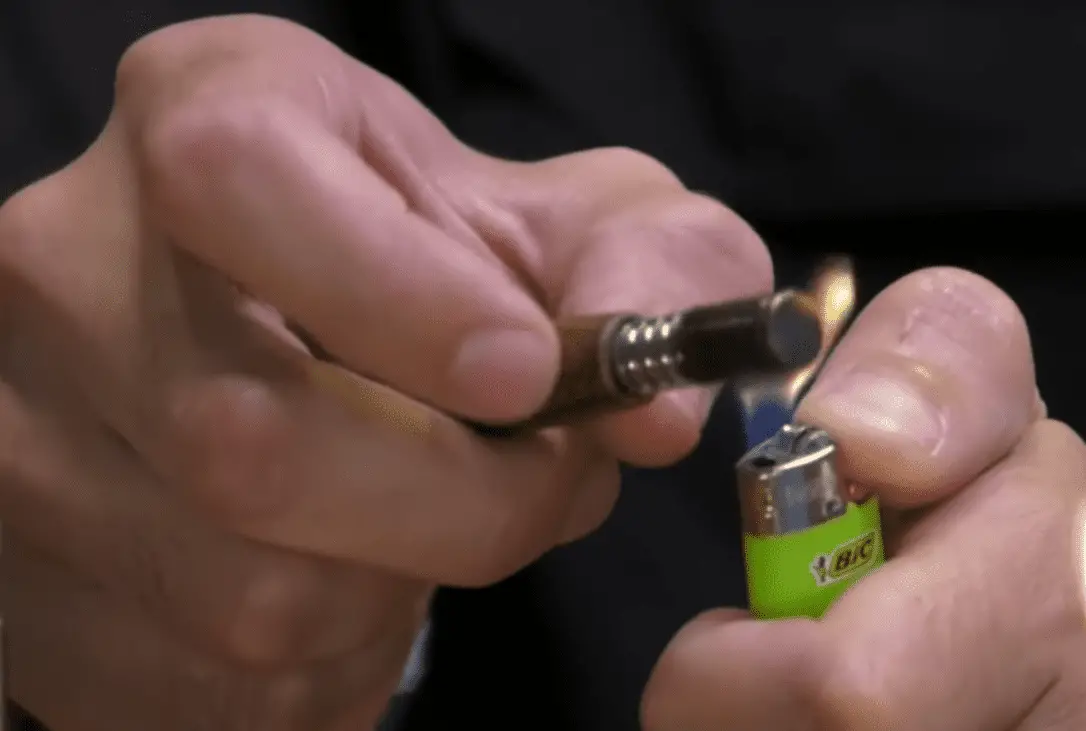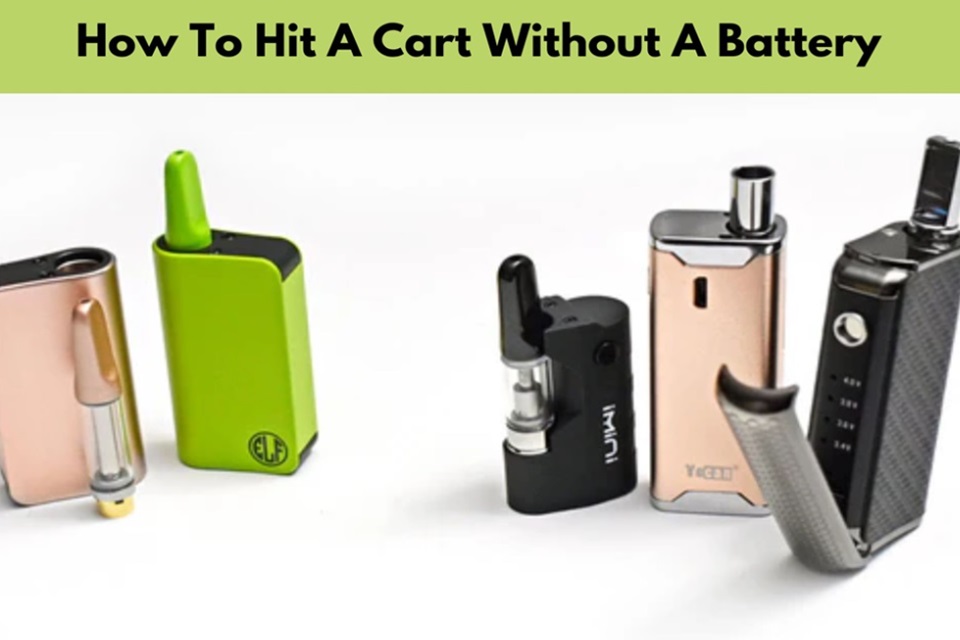How To Hit Cart Without Battery
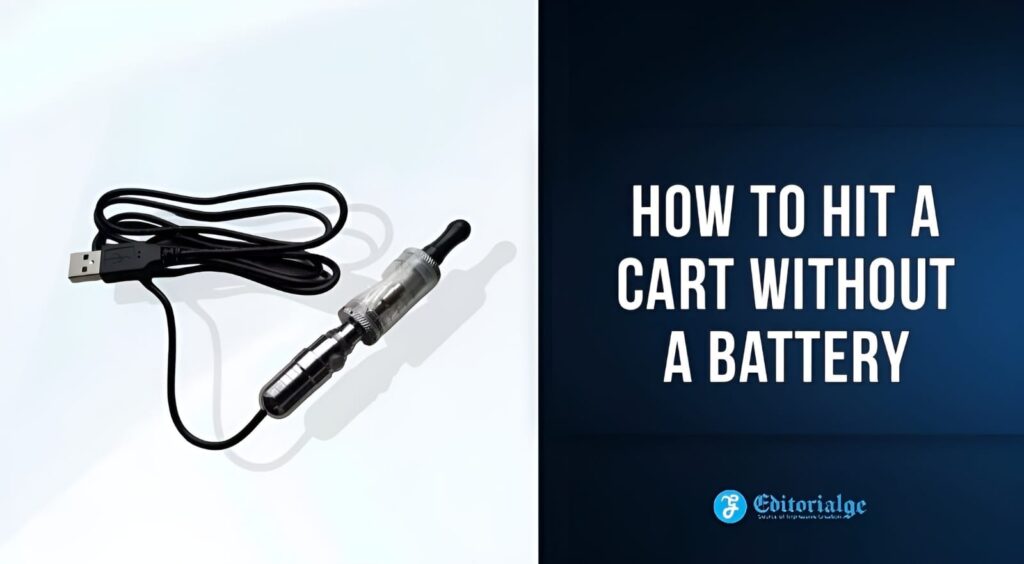
The digital landscape is rife with inventive workarounds, and a growing trend involves attempting to use cannabis oil cartridges without their intended power source – the battery. While seemingly straightforward, this practice raises significant questions about safety, efficacy, and potential health risks.
This article delves into the various methods circulating online, exploring the potential dangers and offering a balanced perspective on an activity gaining traction in certain online communities. This is a journey into a grey area, demanding a careful examination of the facts before proceeding.
The Lure of Battery-Free Vaping: Methods and Motivations
Several techniques have emerged for attempting to use cartridges without a battery. These methods range from rudimentary to somewhat sophisticated, each with its own set of purported benefits and drawbacks.
One common approach involves using a heat source, such as a lighter, to warm the cartridge directly. The goal is to heat the oil sufficiently to vaporize it without the controlled environment of a battery-powered vaporizer.
Another method suggests using a hairdryer or other external heat source to gently warm the cartridge. This aims for a more even and controlled heating process, minimizing the risk of burning the oil or damaging the cartridge.
Advocates of these techniques often cite convenience as a primary motivation. The absence of a working battery, whether due to malfunction or unavailability, can prompt users to seek alternative solutions.
Furthermore, some individuals may believe these methods offer a purer experience, avoiding potential contaminants from a faulty or improperly maintained battery. This perception, however, is often based on anecdotal evidence rather than scientific data.
The Dark Side: Safety Concerns and Health Risks
Despite the purported benefits, attempting to use cartridges without a battery carries significant risks. The primary concern revolves around uncontrolled heating.
Directly applying heat to the cartridge, especially with a lighter, can easily overheat the oil. This can lead to the production of harmful chemicals and byproducts, including carcinogens.
Overheating can also damage the cartridge itself, potentially causing it to crack or leak. This introduces the risk of exposure to harmful materials used in the cartridge's construction.
The Centers for Disease Control and Prevention (CDC) has issued warnings regarding the dangers of vaping, particularly when using unregulated or modified devices. While these warnings primarily target e-cigarettes and vaping products containing nicotine, the principles apply to cannabis oil cartridges as well.
The inconsistent temperature control of battery-free methods can lead to unpredictable vapor production and dosage. This can result in an unpleasant or even dangerous experience, especially for individuals with pre-existing respiratory conditions.
Dr. Emily Carter, a pulmonologist at the American Lung Association, emphasizes the importance of using properly regulated devices. "Uncontrolled heating of cannabis oil can produce harmful chemicals that can damage the lungs and respiratory system," she warns.
Expert Opinions and Scientific Evidence
The medical and scientific community generally discourages the use of unapproved or modified vaping methods. The lack of standardization and quality control raises serious concerns about safety and efficacy.
A study published in the Journal of the American Medical Association (JAMA) found that vaping products can contain harmful contaminants, including heavy metals and volatile organic compounds. These contaminants can be exacerbated by improper heating methods.
Dr. David Miller, a researcher at the National Institute on Drug Abuse (NIDA), highlights the need for further research into the long-term health effects of vaping. "While vaping is often perceived as safer than smoking, it still poses significant risks, particularly when using unregulated devices or methods," he states.
Moreover, the legality of modifying or tampering with cannabis products varies depending on jurisdiction. Individuals engaging in these activities may be subject to legal penalties.
Alternative Solutions: A Safer Approach
For individuals facing battery-related issues, several safer alternatives exist. The most obvious solution is to replace or repair the malfunctioning battery.
Many dispensaries and retailers offer replacement batteries at affordable prices. Investing in a quality battery and charger can ensure a safer and more consistent vaping experience.
Another option is to explore alternative methods of cannabis consumption. Edibles, tinctures, and topical applications offer different ways to experience the effects of cannabis without the need for vaporization.
Consulting with a healthcare professional is also recommended. They can provide personalized advice on safe and responsible cannabis consumption methods, taking into account individual health conditions and needs.
Looking Ahead: The Future of Vaping Technology
The vaping industry is constantly evolving, with ongoing efforts to improve safety and standardization. Advances in battery technology and cartridge design aim to minimize risks and enhance the overall vaping experience.
Regulatory bodies are also working to establish stricter guidelines and quality control measures for vaping products. This includes testing for contaminants and ensuring proper labeling.
Ultimately, responsible cannabis consumption requires informed decision-making and a commitment to safety. Avoiding unapproved or modified methods is crucial for protecting one's health and well-being.
While the allure of battery-free vaping may be tempting in certain situations, the risks far outweigh the perceived benefits. Prioritizing safety and seeking out legitimate alternatives is the most prudent course of action.
As research continues to shed light on the long-term effects of vaping, it is imperative to stay informed and make responsible choices. The future of cannabis consumption hinges on embracing innovation while prioritizing public health.




![How To Hit Cart Without Battery How To Hit A Cart Without A Battery? [5 Easy Steps]](https://whitekind.com/wp-content/uploads/2022/04/how-to-hit-a-cart-without-a-battery.jpg)

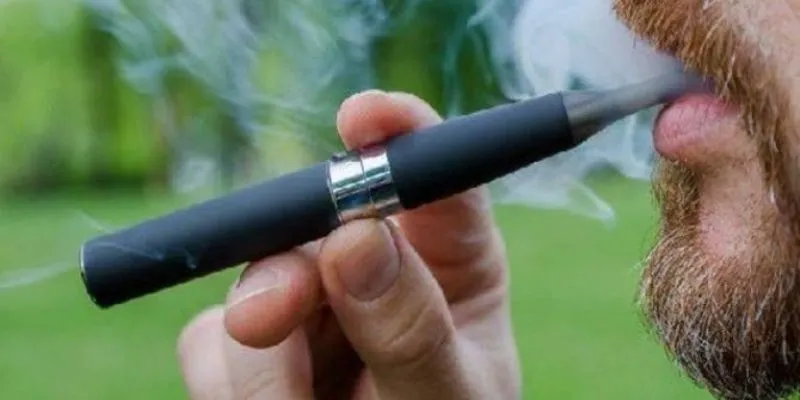
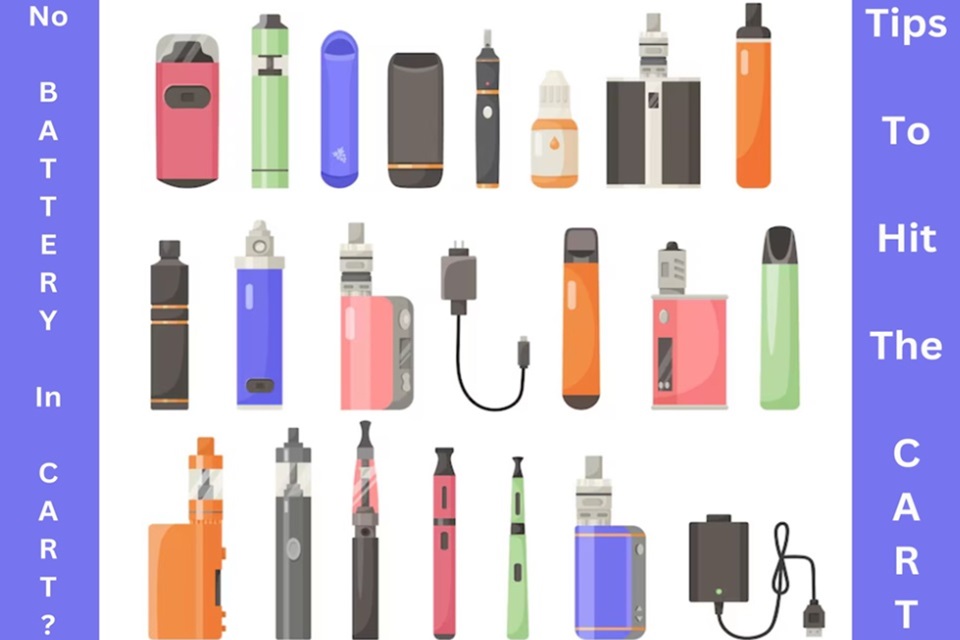



![How To Hit Cart Without Battery How to Hit a Cart Without a Battery [2024 Guide] – Secret Nature](https://secretnature.com/cdn/shop/articles/how-to-hit-a-cart-without-a-battery-352013.jpg?v=1660061601)

